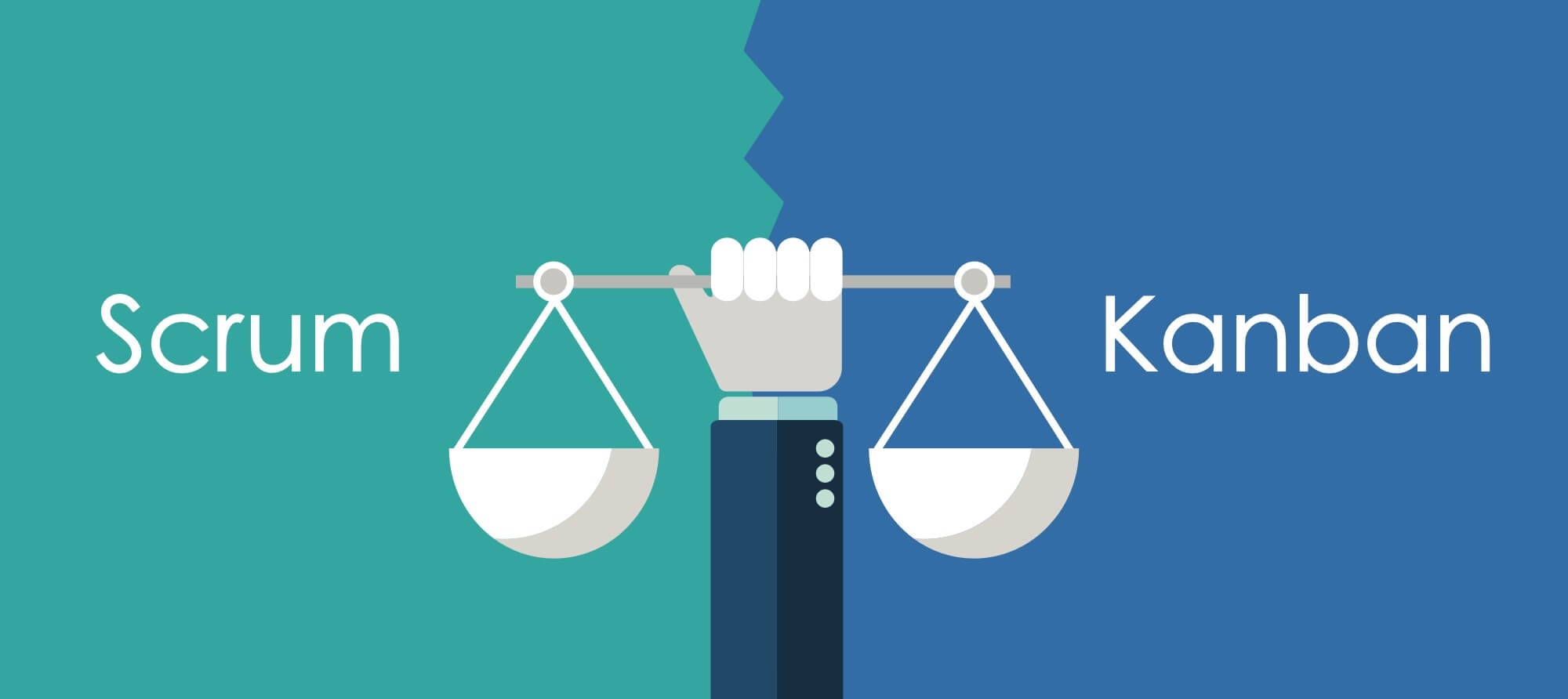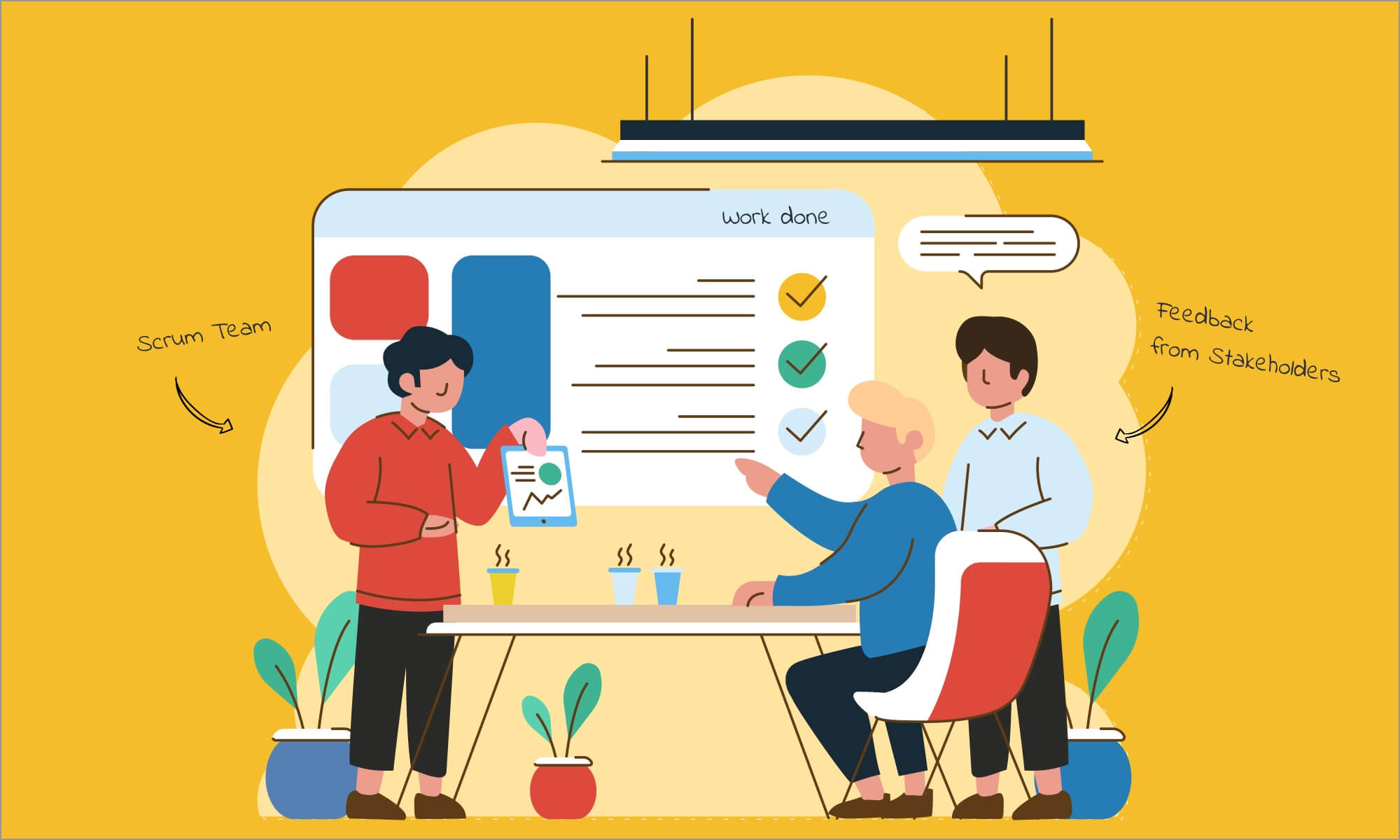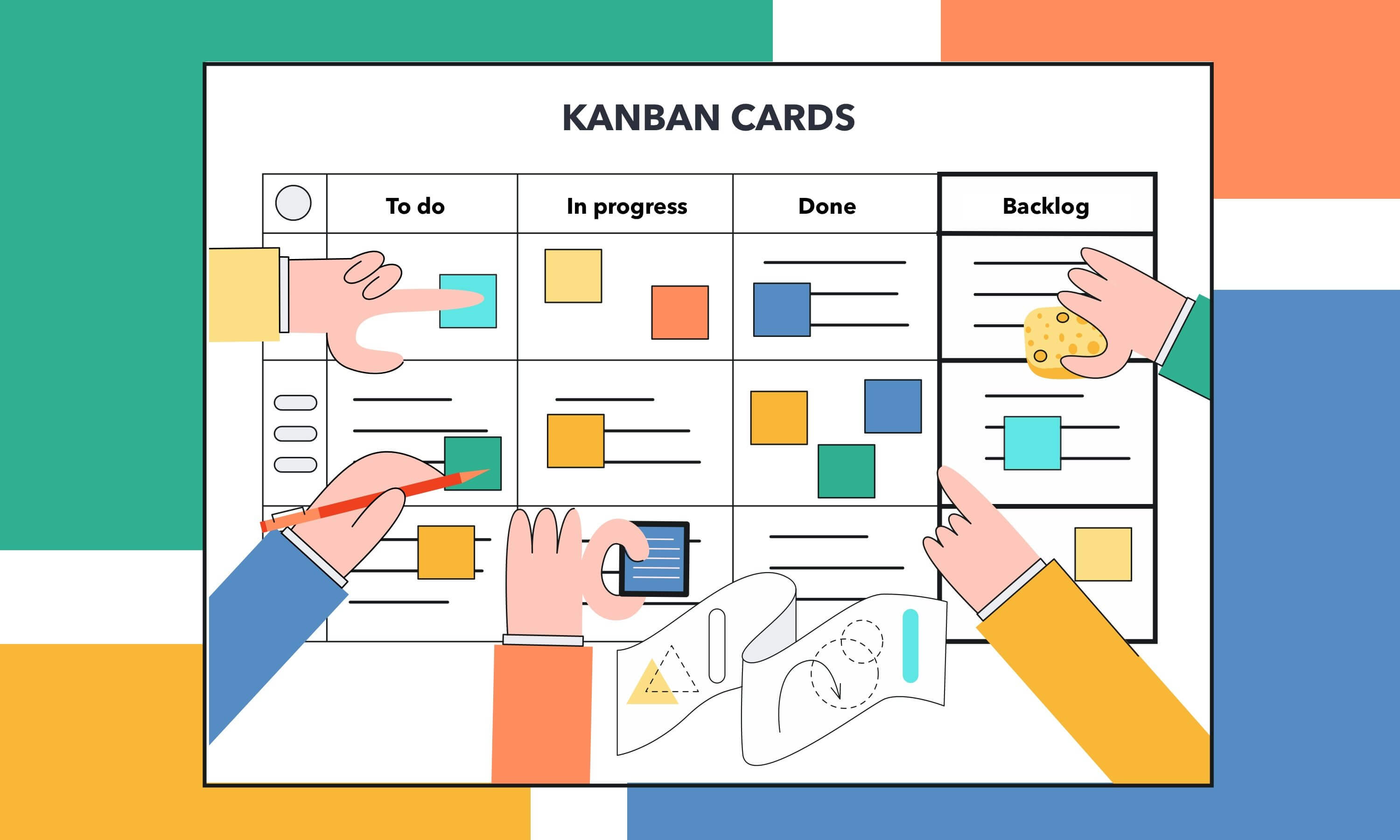How to Combine Scrum and Kanban

Most modern software developers prefer to work with one project management methodology. That can be explained by the fact that the structures of teams for various software development methods differ significantly. However, there are lots of programmers who try to combine the best features of various methodologies to create their own unique approach to software development. In this article we will tell you how to combine two popular Agile methodologies – Kanban and Scrum. It is necessary to give their full definitions before doing that.
Scrum is now considered the most popular Agile methodology. It originated at the beginning of the 2000s. The popularity of this methodology is so large that some people often confuse Scrum and Agile. However, this is a wrong opinion. Agile is an umbrella term that unites several methodologies. Scrum shares all main Agile principles, including strong communication between the developers, high degree of customer involvement, and iterative structure of projects. Scrum teams must have strong communication because of their particular structure. They are small and usually include less than 15 people. They also have only three roles: the ScrumMaster, the team, and the Product Owner. That is why all members of Scrum teams are interchangeable. The degree of customer involvement in Scrum projects is very high. The customer is represented in the team by a person called the Product Owner. He is the one responsible for product backlog formulation and prioritization. However, the team members can always reprioritize the backlog according to the project needs. Iterative structure of projects allows Scrum teams to meet the changing customer requirements and show the intermediate products to their clients after each iterative cycle.
Kanban is also an Agile methodology. Initially it was invented for manufacturing, but after the emergence of Agile approach it was applied to software engineering. The method is based on workflow visualization, limitation of work in progress, and iterative structure of projects. It is necessary to mention that the iterative cycles of Kanban are unlike Scrum iterative cycles. In Kanban the period of performance of a certain task is considered a full iteration. The structure of Kanban teams may vary depending on the project they are performing. They may include only three roles, like Scrum teams. However, they may also include testers, analysts, and project managers, if it is necessary. The workflow in Kanban is visualized by using Kanban boards. Unlike Scrum task boards, these devices depict the progress of the entire project and not separate iterations.
If you are a Scrum developer and you want to make your team more flexible, you can combine your methodology with Kanban and add new roles to it. The use of a Kanban board is also a good idea. Your project will become much more predictable with it. If you are a member of a Kanban team, you can also implement some Scrum practices to improve the effectiveness of your work.



